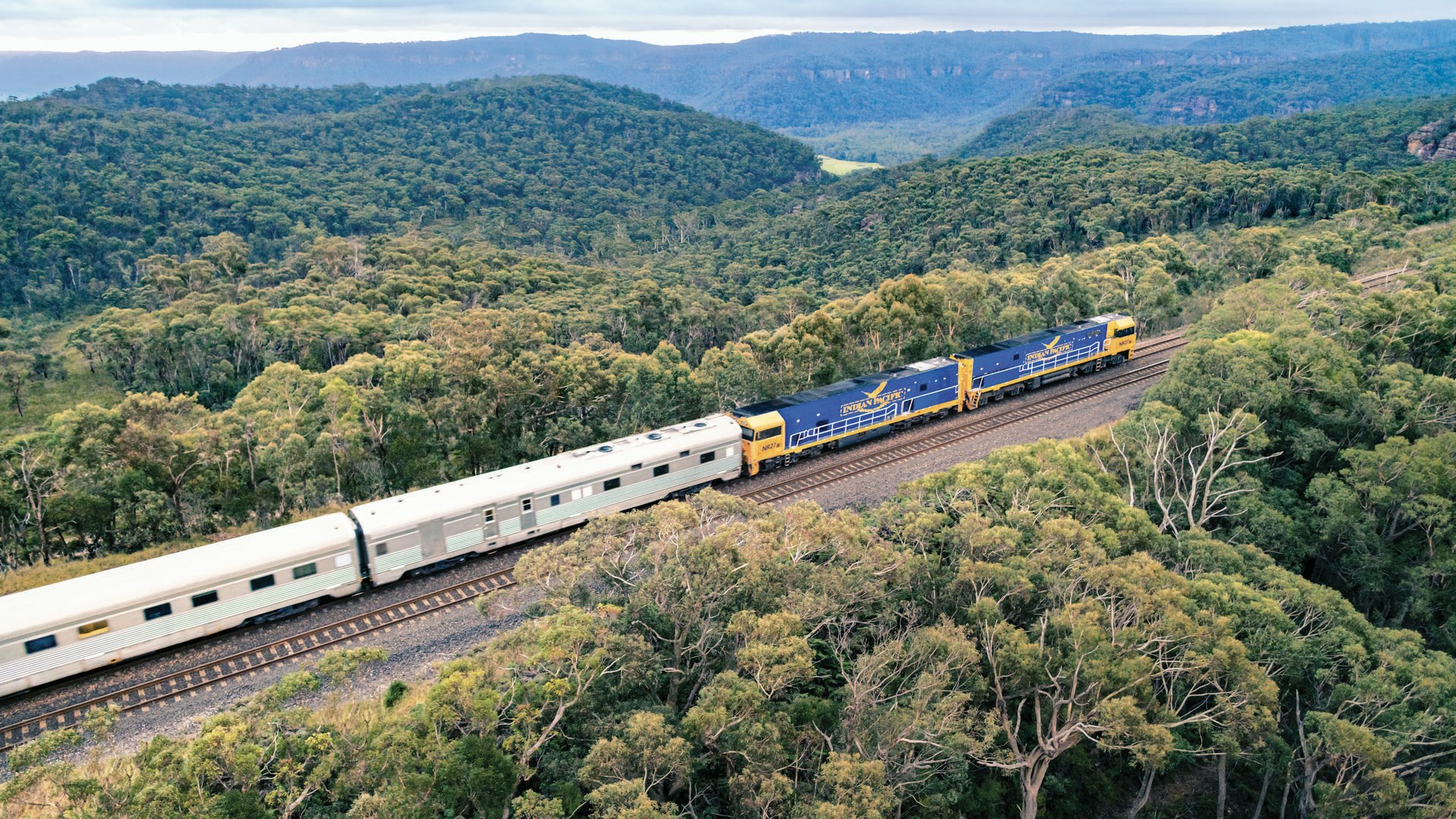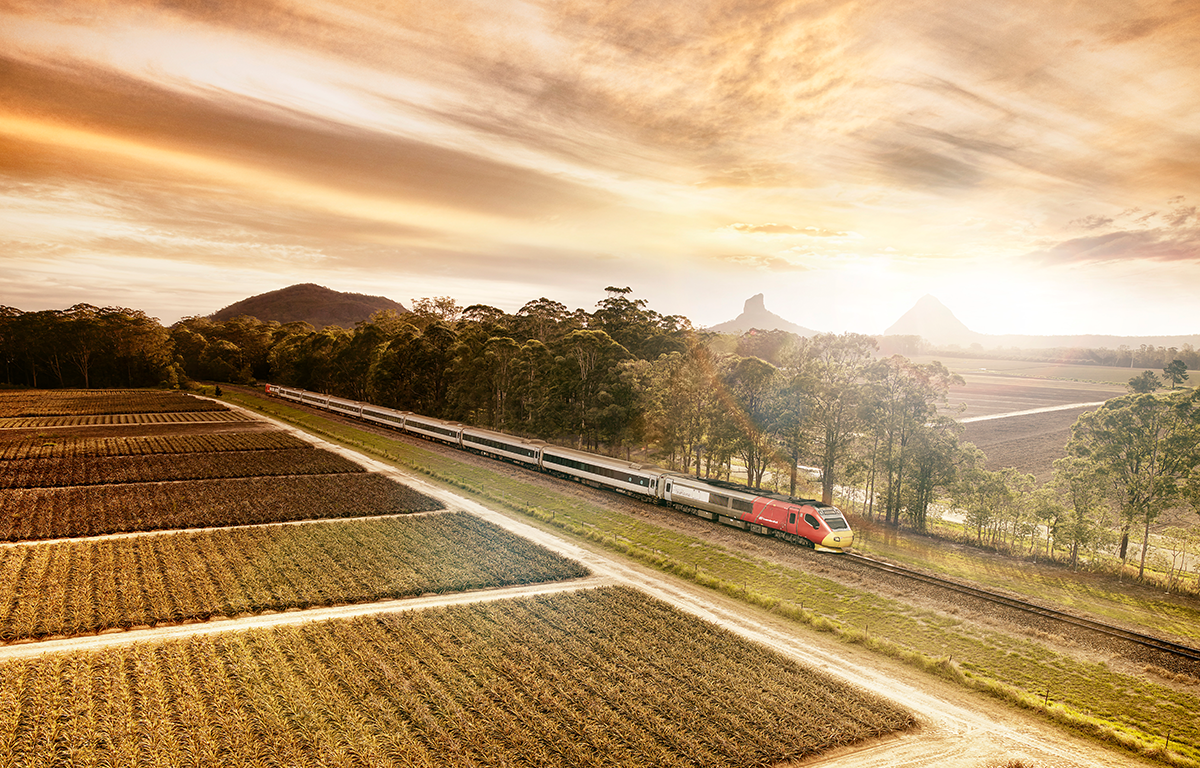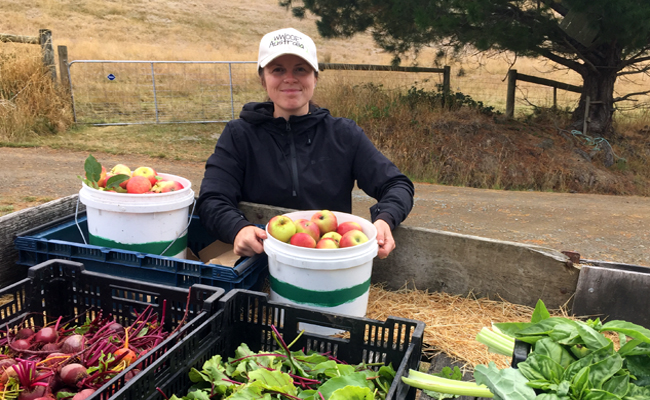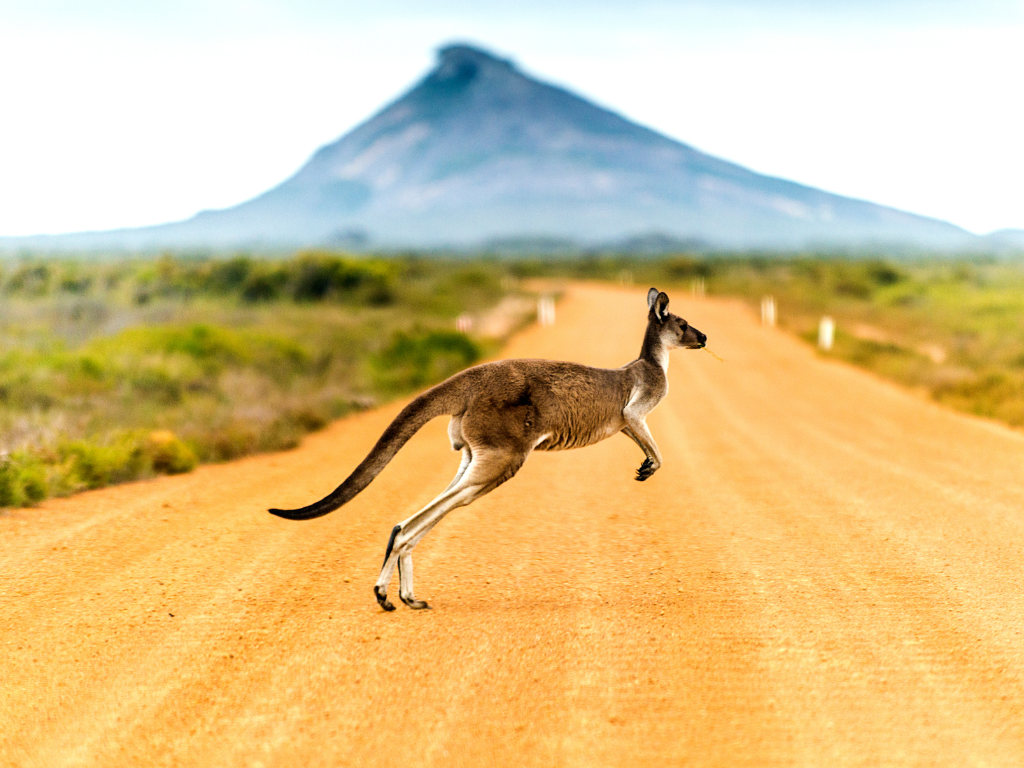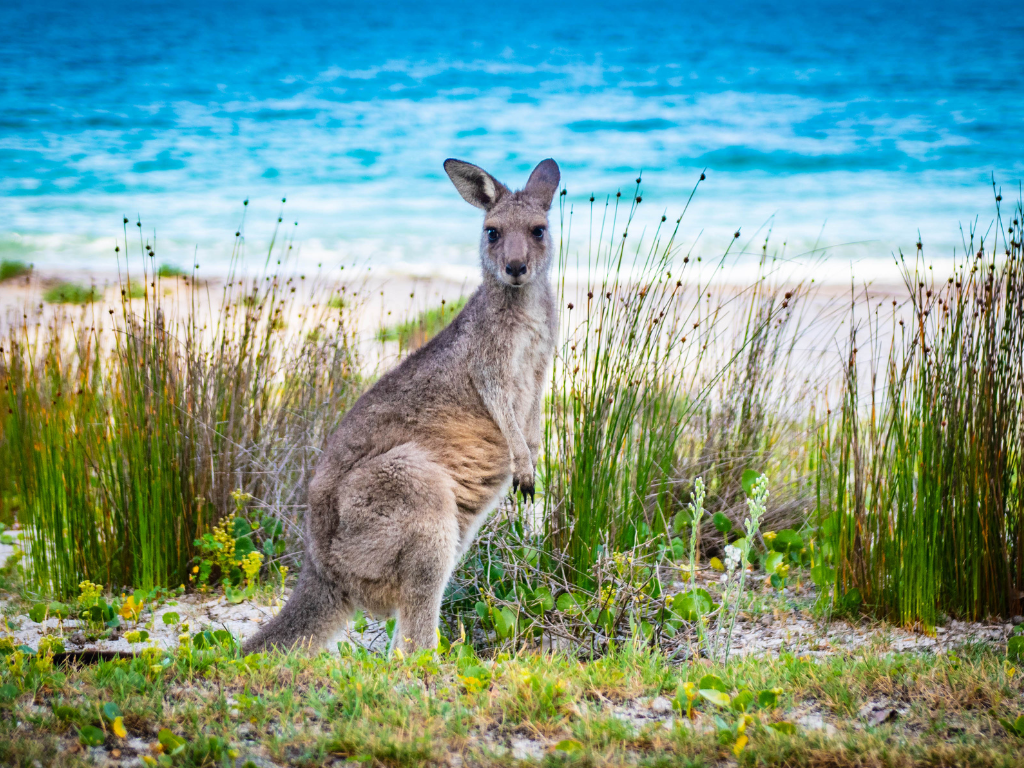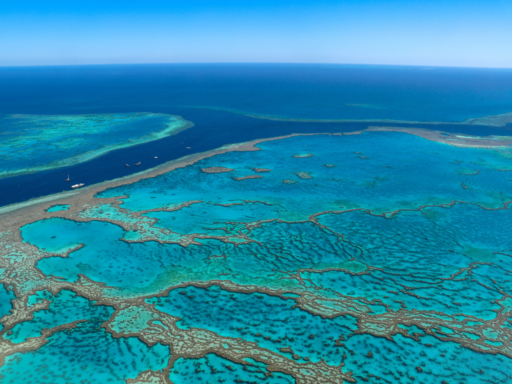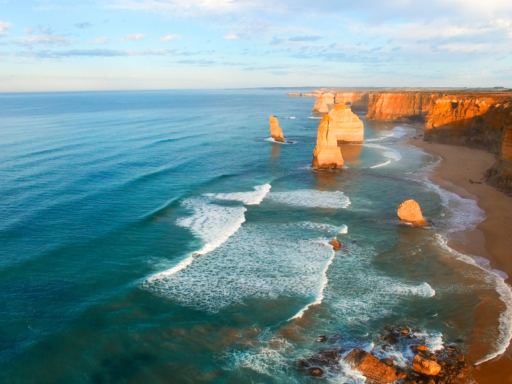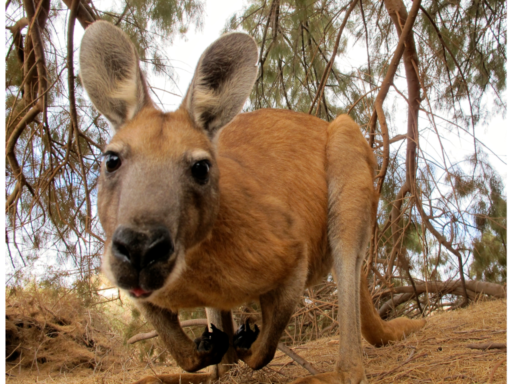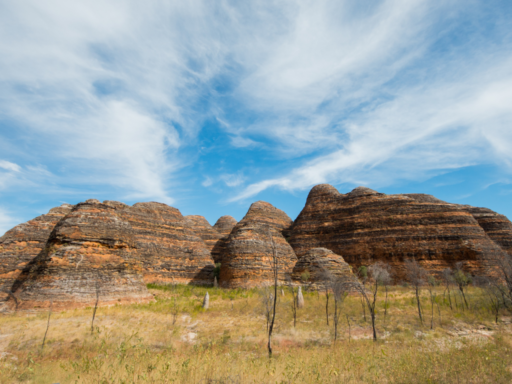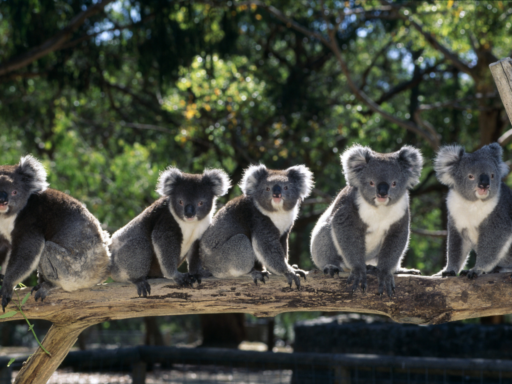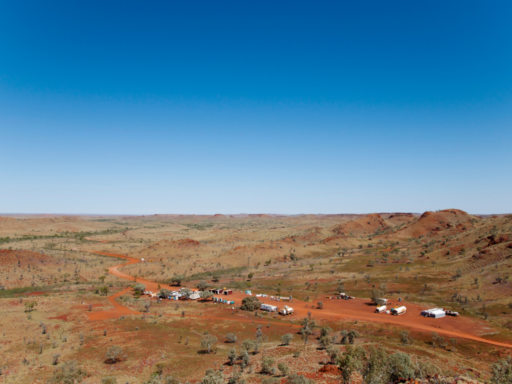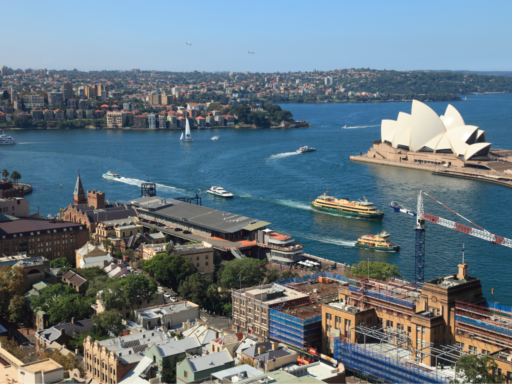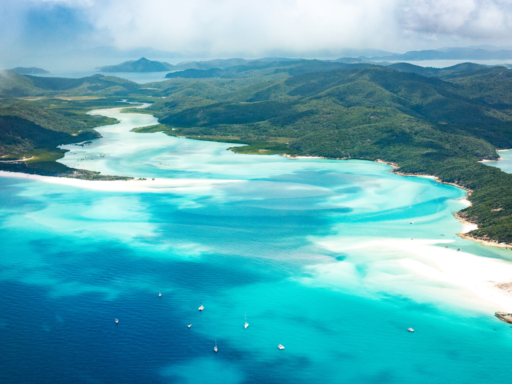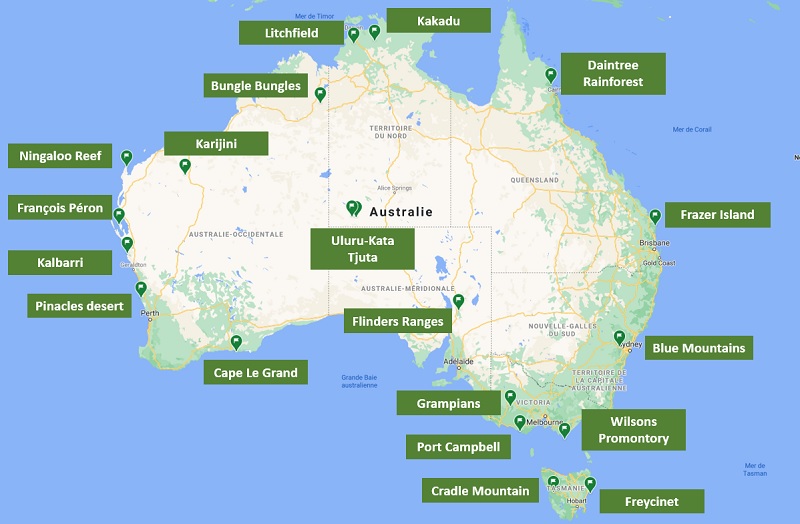
Uluru-Kata Tjuta National Park
There we find the symbol of Australia: Uluru, also called Ayers Rock. Its colors at sunset make it the most famous rock in the world. But there are other treasures in this park, such as the 36 domes of Mount Olga in the Kata Tjuta.
Kakadu park
A natural paradise! Waterfalls, imposing reliefs, incredible landscapes and breathtaking sunsets from Ubirr are waiting for you. Many species of animals including the imposing crocodiles. Fauna and flora are in osmosis everywhere. You will meet there 40,000 years of aboriginal history who will present spectacular demonstrations.
Karijini National Park
Considered the most beautiful national park in Australia, it has many unique red gorges including Hancok Gorges. Dive into the many natural pools called " billabong » and cool off under the waterfalls like in Fortescue Fall.
Purnululu National Park
The spectacular Bungle Bungle are 300 meter black, brown and orange striped domes and tower over the " Bush » . One can easily walk between the domes, a must is to observe them from the sky by taking a small plane. Immerse yourself in 40,000 years of Aboriginal history present here and the rock art that attests to it.
Kalbarri National Park
Kalbarri National Park surrounds the lower reaches of the Murchison River. The river has carved a magnificent 80km gorge through the red and white banded sandstone. Perched on top of the cliff, the two platforms of the Kalbarri Skywalk overlook the gorge. The views from the Skywalk are incredible.
Explore one of the hiking trails that lead you into the gorge and experience the color and splendor of the natural area.
On the coast, wind and wave erosion has created impressive cliffs that plunge 100m into the ocean and the views up there are incredible.
Wildflowers are exceptional in spring and early summer. At the mouth of the Murchison River is the town of Kalbarri, a thriving center of fishing and tourism. It is a good base for exploring the park.
The park is ideal for sightseeing, picnicking, abseiling, rafting and canoeing. There is so much to see and do, give yourself time to discover it all!
Nambung National Park
Just under 3 hours from Perth, you absolutely have to admire the Pinnacles Desert: " Pinnacles Desert » .
The Pinnacles Desert of Nambung National Park is one of the main natural attractions in the region. The park provides natural habitat for a wide range of native animals and birds.
The Pinnacles are amazing natural limestone structures, formed around 25,000 to 30,000 years ago after the sea retreated and left deposits of shells. Over time, coastal winds removed the surrounding sand, leaving the pillars exposed to the elements. Pinnacles vary in height and size; some are up to 3.5m tall!
Cape Range National Park
The rugged limestone range and arid coastal plain of the Cape Range adjoin the crystal clear waters of Ningaloo Marine Park with dramatic contrasting scenery. Cape Range is rich and diverse in wildlife including kangaroos, emus, echidnas, birds and black-sided rock wallabies.
Cape Range offers attractions and activities for all abilities, universal access walking trails, wildlife viewing, camping, beach walks, swimming, snorkeling, fishing on the beach and more.
Stroll one of the walking paths and take in the earthy tones of the arid landscape against the blue waters of the Ningaloo Marine Park. A visit to Yardie Creek is a must, explore on foot or join a boat tour as it winds through the gorge between steep cliffs. Sit for a while and watch the birds flock to Mangrove Bay, admire the outer reef of Ningaloo from the Bloodwood Creek lookout, and watch the passage of humpback whales on their annual migration (May to October).
Ikara National Park - Linders Ranges
Ancient and rugged mountain scenery, peaceful tree-lined gorges and a seasonal wealth of wildlife. The semi-arid zone's unique sense of space combine to make Ikara-Flinders Ranges National Park one of South Australia's iconic destinations.
The park comprises approximately 95,000 hectares. It includes the Heysen Range, the Brachina and Bunyeroo Gorges and the vast amphitheater of mountains that is Ikara Wilpena Pound. Discover native wildlife, rich cultural heritage, impressive geological features, camping opportunities and a range of activities such as bush walking, 4×4 driving, bird watching, photography and hiking. MTB.
Grampians National Park
Explore the natural beauty of the Grampians from its world famous walking trails. Discover majestic waterfalls, displays of dazzling spring wildflowers and awe-inspiring mountain vistas. Come across kangaroos, wallabies, emus and native birds. Heritage-listed for its Aboriginal heritage, animal and plant life and stunning natural beauty, Grampians National Park is one of Australia's most recognizable places. The best way to appreciate it is on one of its many world-class walks or hikes or by taking a scenic drive.
Traditionally known as the Gariwerd, this area is home to the largest number of significant and ancient Aboriginal rock paintings and shelters in South Australia. A visit to Brambuk – National Park and Cultural Center will help you get the most out of your trip to these rock shelters.
The Grampians attract walkers from all over the world. Hike to the highest peak in the Grampians, Mount William, or explore the plethora of walks around Halls Gap and the Wonderland Range. The views from the Pinnacle are famous, but the steep walk should only be attempted by fit. If you're an experienced walker, you'll enjoy the unique challenge of the park's night hikes. Choose from the iconic Grampians Peaks Trail, Major Mitchell Plateau or the Fortress and Mount Thackeray Night Hike.
There are also more relaxing activities to do in the Grampians. Go fishing, canoeing or kayaking at Lake Wartook, Lake Bellfield and Moora Moora Reservoir or one of the many other creeks and creeks in the park.
Port Campbell National Park
Port Campbell National Park is world famous for its extraordinary collection of wave-carved rock formations and the Twelve Apostles.
Loch Ard Gorge, site of a 19th century ‘Loch Ard’ shipwreck, as well as the Island Archway and London Bridge are other highlights. The island arch collapsed in 2009, highlighting the fragility and
changing nature of Victoria's coastline.
Discover the heritage of the Shipwreck Coast on short walks such as the Port Campbell Discovery Walk. Take a scenic drive along the Great Ocean Road, stopping at points of interest.
Blue Mountains National Park
Explore the World Heritage-listed Blue Mountains National Park, home to the famous Three Sisters of Katoomba. Discover iconic lookouts and waterfalls, historic hiking trails, mountain biking, Aboriginal culture, adventure sports and camping – right on Sydney's doorstep.
The Blue Mountains Heritage Center is a good introduction to this popular park and World Heritage property in the Greater Blue Mountains region.
Pack a picnic and enjoy a day trip to marvel at the Three Sisters rock formation from Echo Point, Katoomba. Admire sweeping views of steep sandstone cliffs and the misty blue Grose Valley declared a wilderness area from Govetts Leap in Blackheath. At Wentworth Falls you are spoiled for choice with world class lookouts, boardwalks and waterfalls.
This ecotourism destination certified is a hiker's paradise, with over 140 km of tracks and trails. Why not walk a section of the historic Prince Henry Cliff Walk, between Katoomba and Leura. Climb to the top of Mount Banks or descend into the Grand Canyon. Combine a short walk with Aboriginal rock art or a swim in a natural pool near Glenbrook.
Mountain bikers can tackle the famous Woodford-Oaks Trail, the scenic Narrow Neck Trail or the Faulconbridge Ridge Trail. There are also excellent opportunities for adventure sports excursions, including abseiling, rock climbing and canyoning.
Daintree Rainforest Park
Daintree National Park (CYPAL) is the traditional homeland of the Eastern Kuku Yalanji Aborigines. The national park (CYPAL) is made up of two sections: Mossman Gorge and Cape Tribulation.
1- Mossman Gorge
Much of the Mossman Gorge section of Daintree National Park (CYPAL) consists of the rugged and largely inaccessible slopes of the Main Coast Range and the Windsor and Carbine Tablelands. It is these rugged mountain ranges that trap moisture blown in from the ocean and ensure frequent rainfall, maintaining the rainforest and ultimately feeding the Mossman and Daintree rivers.
Tall, dense rainforests cover the lowlands, and stunted, windswept montane rainforests occupy the mountain peaks. West of the Main Coast Range, open forests and woodlands grow on the drier western slopes. The park is home to a wonderful variety of rainforest animals, including tree kangaroos, muskrat-kangaroos, Australian turkeys and Boyd's forest dragons.
Over millions of years, the Mossman River carved a steep-sided valley from the headwaters to the coastal lowlands. Through this valley, crystal clear water cascades among large granite boulders that were washed down the hills during times of heavy flooding.
2 – Cape Tribulation
Cape Tribulation, Daintree National Park (CYPAL) features long sandy beaches, rocky headlands and rugged mountain ranges crossed by numerous creeks and rivers. One of the last extensive stands of lowland rainforest in Australia is found here. Impenetrable ranges, rising steeply from the coast, are covered in dense highland rainforests that are home to many ancient plants and animals.
Whitsunday Islands National Park
These hilly islands formed with rising sea levels, when the polar ice caps melted 19,000 to 6,000 years ago. “Drowned” is an old continental coastal mountain range. Today, these mountain peaks and the surrounding turquoise waters offer visitors many features.
Un délice de marche avec de nombreuses options de sentiers de randonnée et souvent avec des vues spectaculaires. A voir:
- Whitehaven Beach and Hill Inlet with their white silica sand.
- Coral cays and coastal reefs, with brightly colored coral structures
- Ngaro Aboriginal rock art at Nara Inlet on Hook Island.
- Rare plants and animals like bottle trees.
- Whitsundays and no-frills rock wallabies.
- Sea turtles, whales, sharks, rays and hundreds of brilliantly colored reef fish.
- Long beaches and a turquoise sea like no other.

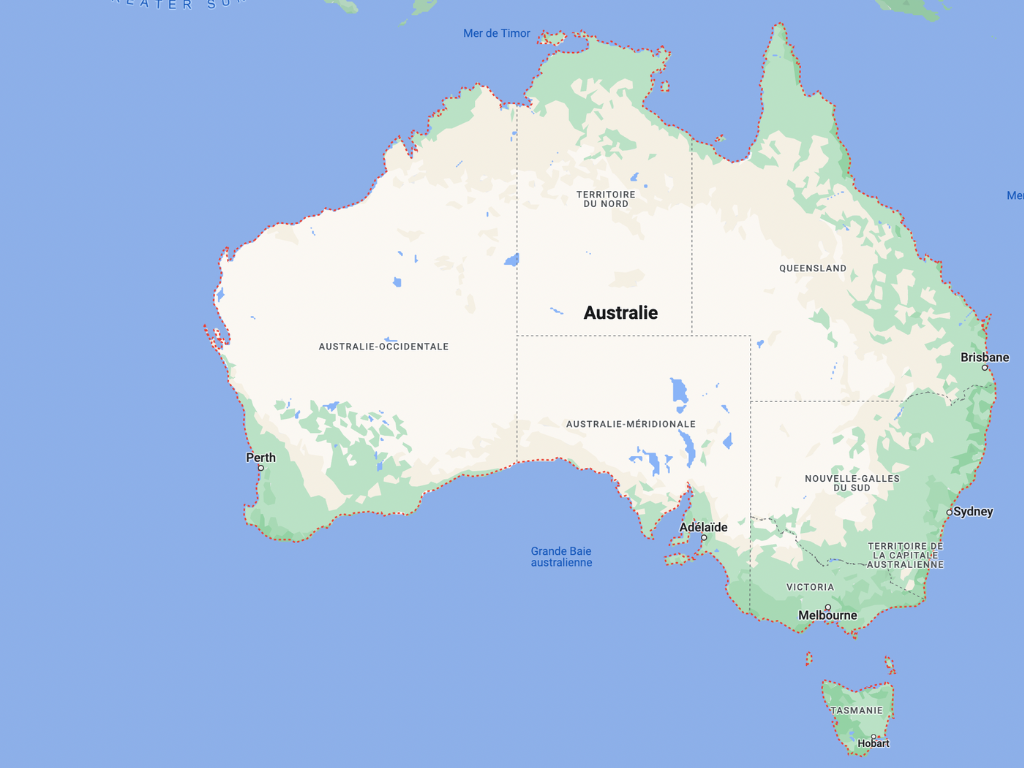




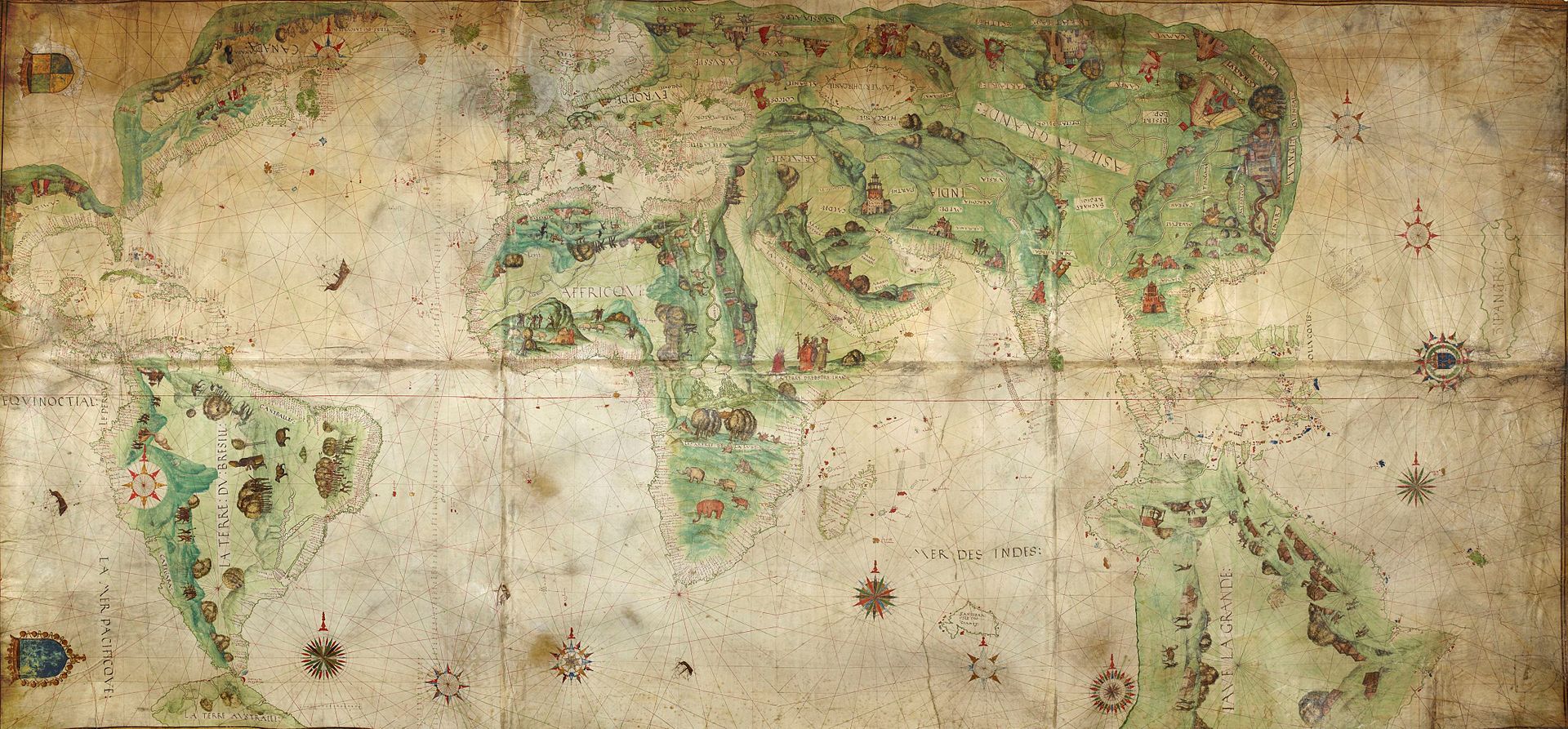











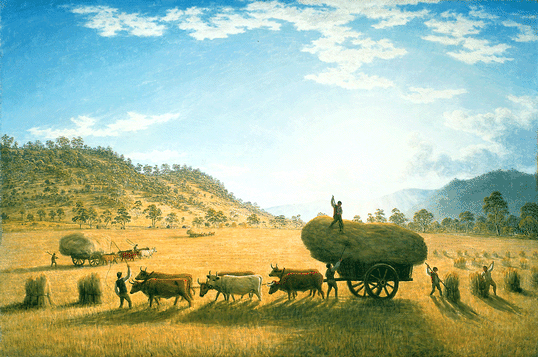
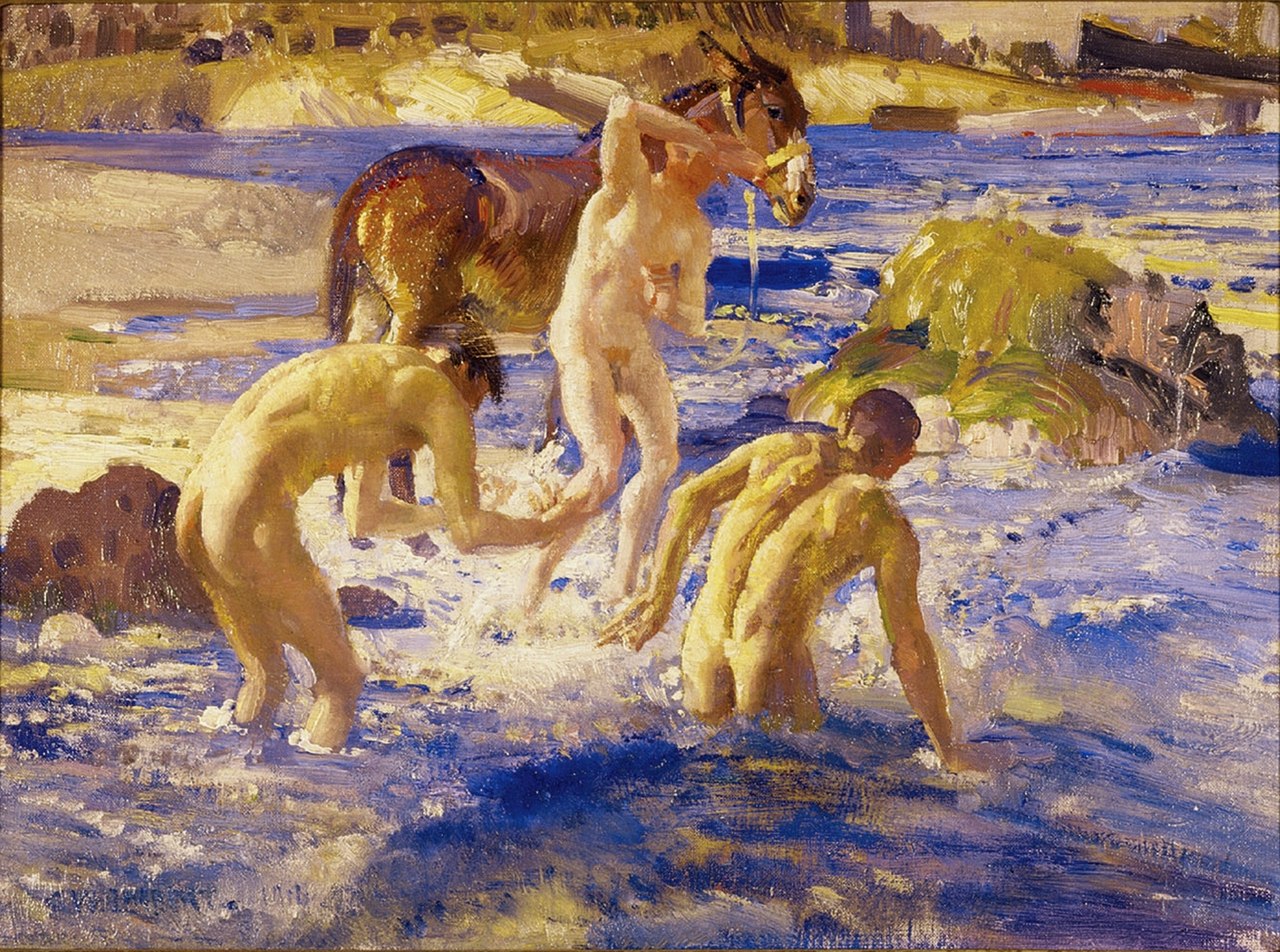


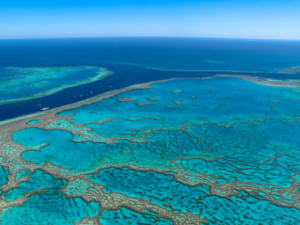
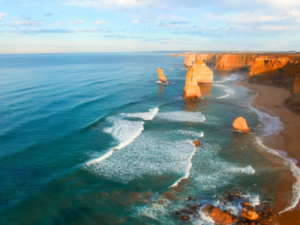 Whether you're camping on-track or staying off-track, it's never been easier to experience Australia's premier walking trail, the Great Ocean Walk. The Great Ocean Walk, is a spectacular footpath that stretches for 104 km along the Great Ocean Road hit by the waves. This hiking starts 3 hours by car southwest of Melbourne between Apollo Bay and the Twelve Apostles. Make some hikes over one or more days. There are many private accommodations along and near the trail, from budget accommodations to luxury Great Ocean Road accommodations. There's nothing better than soaking in a spa at the end of a glorious day's walk. However you approach this walk, it is definitely a must!
Whether you're camping on-track or staying off-track, it's never been easier to experience Australia's premier walking trail, the Great Ocean Walk. The Great Ocean Walk, is a spectacular footpath that stretches for 104 km along the Great Ocean Road hit by the waves. This hiking starts 3 hours by car southwest of Melbourne between Apollo Bay and the Twelve Apostles. Make some hikes over one or more days. There are many private accommodations along and near the trail, from budget accommodations to luxury Great Ocean Road accommodations. There's nothing better than soaking in a spa at the end of a glorious day's walk. However you approach this walk, it is definitely a must!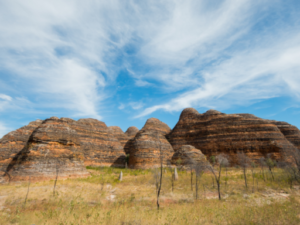
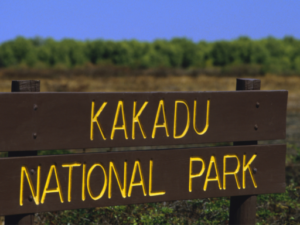 Located 240 kilometers east of Darwin in Australia's tropical north, Kakadu is one of Australia's largest national parks. It stretches from the coast and estuaries in the north through floodplains, billabongs and lowlands to rocky ridges and stone country in the south. These landscapes are home to a range of rare and endemic plants and animals, including more than a third of Australia's bird species and a quarter of its freshwater and estuarine fish species.
Located 240 kilometers east of Darwin in Australia's tropical north, Kakadu is one of Australia's largest national parks. It stretches from the coast and estuaries in the north through floodplains, billabongs and lowlands to rocky ridges and stone country in the south. These landscapes are home to a range of rare and endemic plants and animals, including more than a third of Australia's bird species and a quarter of its freshwater and estuarine fish species.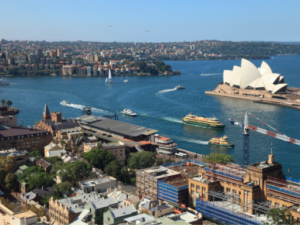 Walk from Bondi to Coogee
Walk from Bondi to Coogee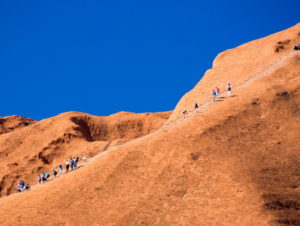 Uluru, or Ayers Rock, is a towering monolith rising from the heart of the arid Red Center region, Uluru is a sacred massif for Indigenous Australians, believed to have begun to form 550 million years ago. 'years. It lies within the Uluru-Kata Tjuta National Park, which also contains the 36 red rock domes of the Kata Tjuta formation.
Uluru, or Ayers Rock, is a towering monolith rising from the heart of the arid Red Center region, Uluru is a sacred massif for Indigenous Australians, believed to have begun to form 550 million years ago. 'years. It lies within the Uluru-Kata Tjuta National Park, which also contains the 36 red rock domes of the Kata Tjuta formation.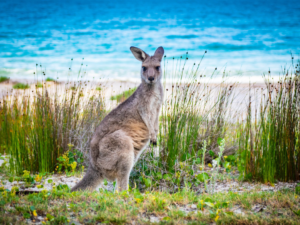
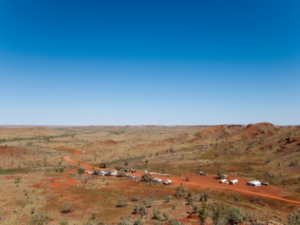 The Stuart Highway is a mythical road that crosses Australia from North to South. If like many people, you have always dreamed of crossing the Outback and following in the footsteps of explorer John McDouall Stuart (1
The Stuart Highway is a mythical road that crosses Australia from North to South. If like many people, you have always dreamed of crossing the Outback and following in the footsteps of explorer John McDouall Stuart (1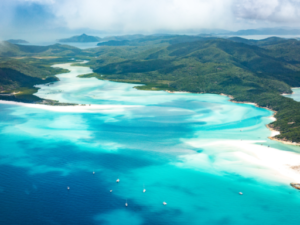 The Whitsunday Islands are one of the unmissable places during your trip to the east coast of Australia. this archipelago of 74 islands off the coast of Queensland is a real paradise on earth, where turquoise waters mingle with white sand. A small tropical paradise where you can sail on an azure sea, camp on beaches of colored sand pearl under the starry sky, or dive into the turquoise waters on the Great Barrier Reef.
The Whitsunday Islands are one of the unmissable places during your trip to the east coast of Australia. this archipelago of 74 islands off the coast of Queensland is a real paradise on earth, where turquoise waters mingle with white sand. A small tropical paradise where you can sail on an azure sea, camp on beaches of colored sand pearl under the starry sky, or dive into the turquoise waters on the Great Barrier Reef.
 Considered one of the greatest train journeys in the world, The Ghan offers much more than a long train ride. It promises access to parts of Australia no other vacation can come close to, the perfect balance of comfort and adventure, culminating in an experience that will thrill you in every way.
Considered one of the greatest train journeys in the world, The Ghan offers much more than a long train ride. It promises access to parts of Australia no other vacation can come close to, the perfect balance of comfort and adventure, culminating in an experience that will thrill you in every way.